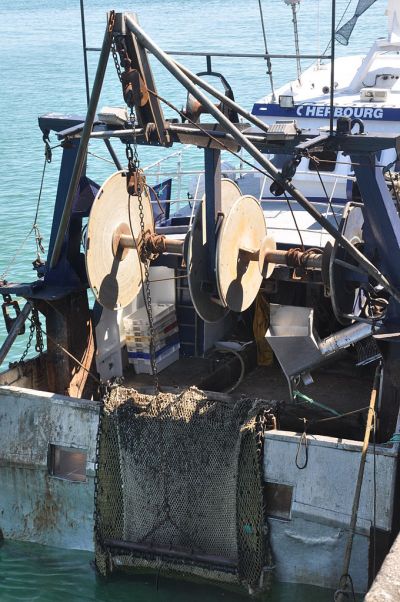The seafloor supports a wide diversity of plants and animals, but it is
vulnerable to the impacts of bottom trawling, which can result in a loss
of biodiversity. However, it has also been argued that bottom trawling
enhances the availability of food to fish and increases their growth.
An EU-funded project, 'Benthic ecosystem fisheries impact study' (
BENTHIS, will study the vulnerability of different seafloor ecosystems in European water. Its aim is to analyse the impact of current fishing practices on seafloor organisms and geo-chemical processes. In addition, it will work with the fishing industry to study and promote technological innovations in order to reduce negative impacts.
Project partners will develop generic quantitative tools that can be applied to a wide range of seafloor ecosystems and fishing gear. They will assess the impact of bottom trawling on the seafloor and the economic consequences that will be applied in regional case studies. Researchers will also develop indicators for the impact of bottom fishing on the benthic ecosystem that are consistent with the EU's Marine Strategy Framework Directive (MSFD).
A framework for assessing the impact of fisheries on benthic ecosystems has already been developed. This included a summary of the key characteristics of the fishing gear, which is used to analyse impact on the benthic ecosystem. A trait-based approach was also developed that reduced the enormous species richness of the benthic ecosystem into a smaller number of classes. These classes shared certain characteristics (traits) that defined their role in the ecosystem and related to their sensitivity for the impacts of trawling.
BENTHIS results will be used to create a European-wide map of trawling activity. It will be the first to distinguish between the impact to the seafloor surface and the impact of fishing gear that penetrates into the sediment. This will enable researchers to identify which combinations of fishing gear have the greatest impact on benthic ecosystems.
In addition, the effect of innovation in fishing technology and management practices on fisheries will be measured and the results discussed with stakeholders. The findings will be disseminated to fisheries managers to inform them which seafloor habitats are affected most and which fishing gear has the greatest impact. Information will also be provided on options to mitigate adverse impacts.

